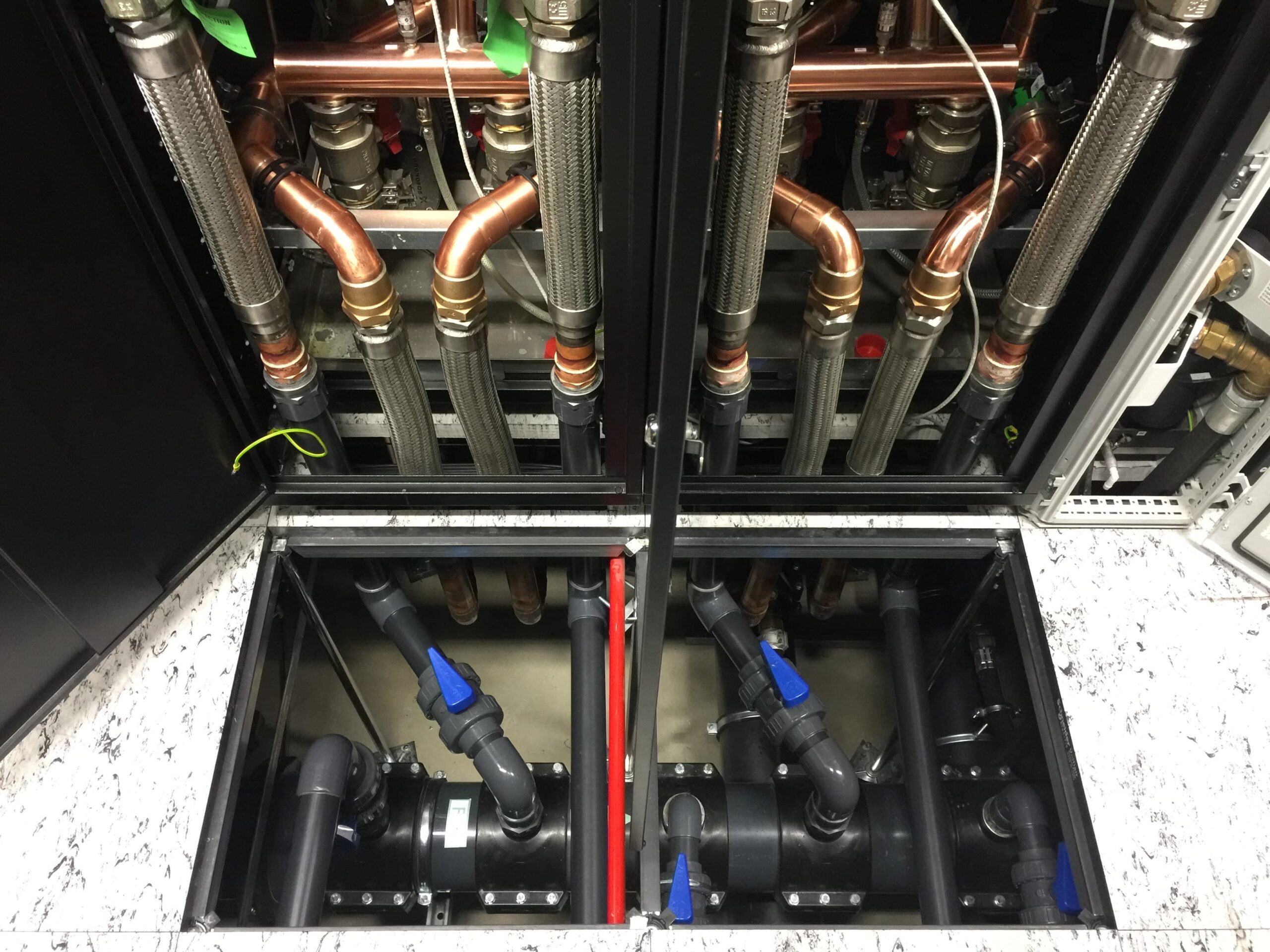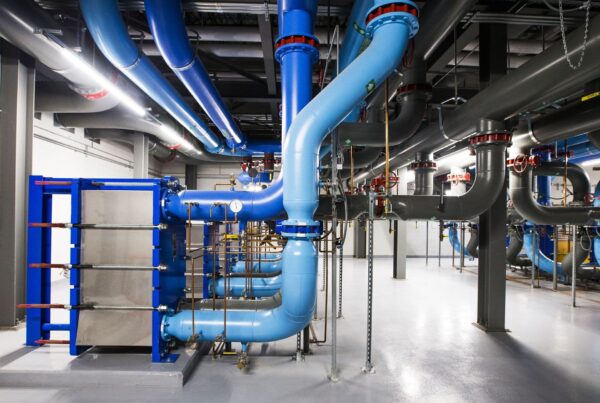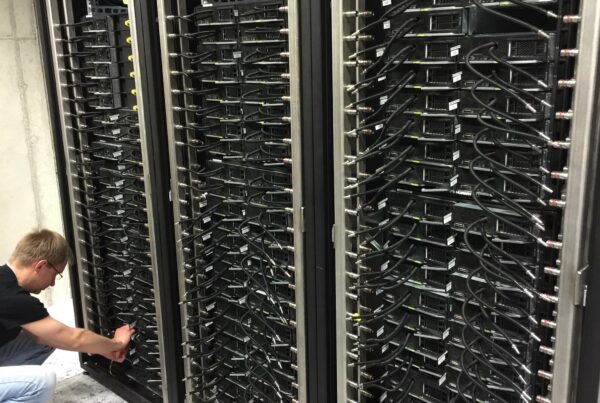10 important considerations on implementation of liquid cooling systems in data centers

-
Assessing cooling needs: Before implementing a liquid cooling system, it is important to evaluate the cooling needs of your data center. Factors such as server density, power consumption, and the type of processed workload can impact the cooling requirements of your data center.
-
Choosing the right type of liquid cooling: There are various types of liquid cooling systems available, such as immersion cooling, direct-to-chip cooling, and rear-door heat exchangers. It is important to choose the right type of liquid cooling system that suits your data center’s specific needs.
-
Planning for power and water consumption: Liquid cooling systems require additional power and water supply to operate. It is important to ensure that your data center has adequate power and water supply to support the liquid cooling system.
-
Ensuring compatibility with existing infrastructure: The liquid cooling system should be compatible with the existing infrastructure of your data center. It is important to check the compatibility of the liquid cooling system with server racks, cabling, and power distribution units.
-
Designing for scalability: The liquid cooling system should be designed to accommodate future growth and expansion of your data center. It is important to ensure that liquid cooling system can be easily upgraded and expanded as cooling needs of your data center increase.
-
Managing maintenance and servicing: Liquid cooling systems require regular maintenance and servicing to ensure optimal performance. It is important to have a plan in place for managing maintenance and servicing of the liquid cooling system.
-
Ensuring safety and security: Liquid cooling systems involve the use of water and other fluids, which can pose a safety hazard if not properly managed. It is important to ensure that the liquid cooling system is designed with safety and security in mind.
-
Minimizing environmental impact: Liquid cooling systems can have a significant environmental impact due to the additional power and water consumption required. It is important to choose a liquid cooling system that is designed to minimize its environmental impact.
-
Budgeting for implementation and ongoing costs: Liquid cooling systems can be expensive to implement and maintain. It is important to budget for both the initial implementation costs as well as ongoing maintenance and servicing costs.
-
Educating staff: Liquid cooling systems require specialized knowledge and expertise to operate and maintain. It is important to educate staff on the proper use and maintenance of the liquid cooling system to ensure optimal performance and safety.






 dielectricfluids.eu
dielectricfluids.eu cryptocooling.eu
cryptocooling.eu